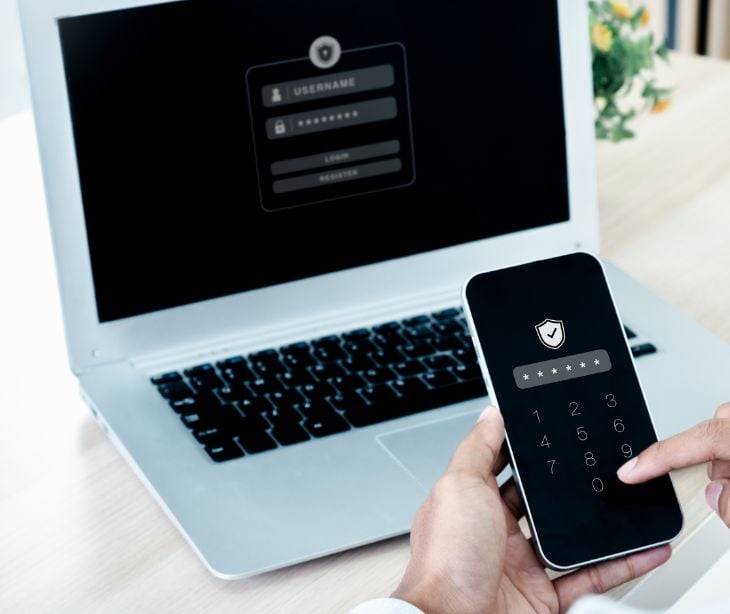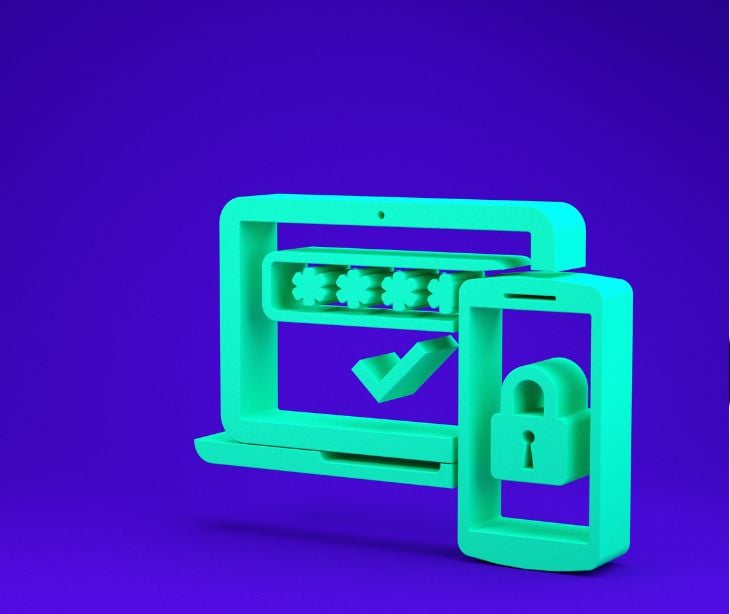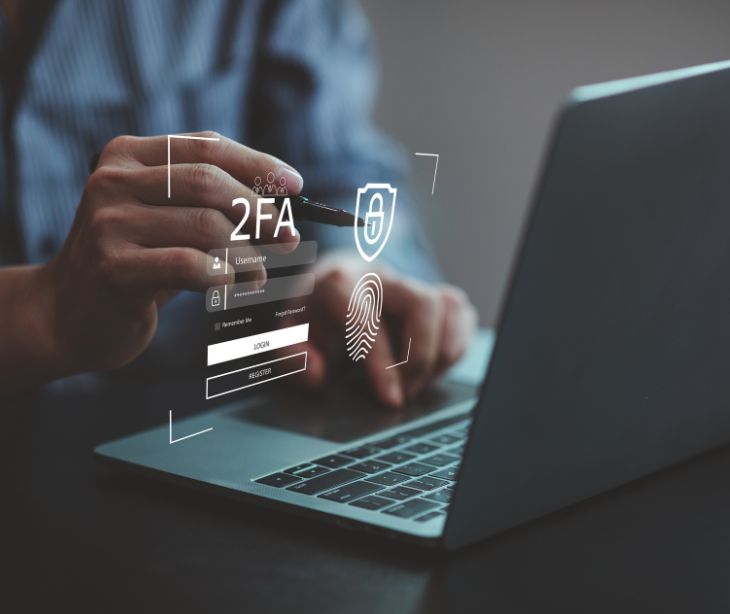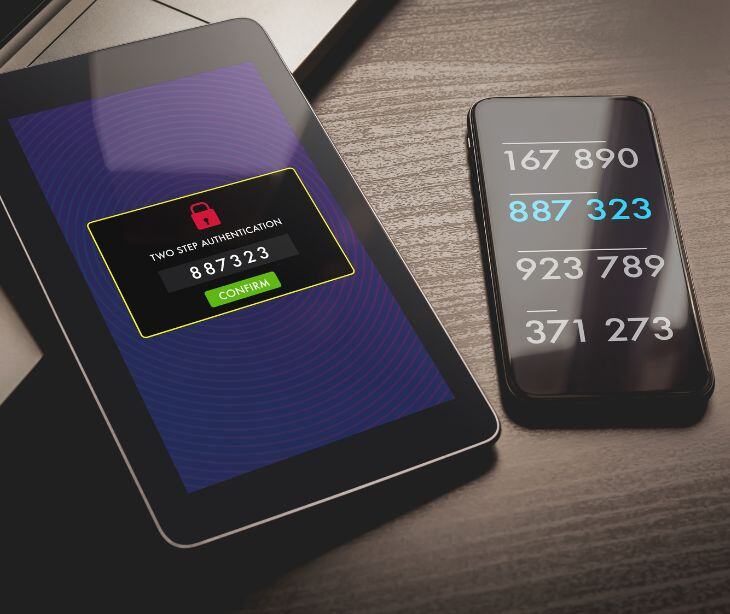
Two-factor authentication (2FA) is a security measure that requires users to provide two different types of information before gaining access to an online account or system. It is commonly employed across a wide array of applications and services to bolster security and protect user data. While useful in certain contexts, 2FA can be a liability in a healthcare setting due to user and technical vulnerabilities.
Why 2FA is commonly used
Studies and cybersecurity reports consistently highlight the vulnerability of single-factor authentication, primarily password-based systems, to hacking attempts, phishing schemes, and social engineering tactics. For instance, the Verizon 2021 Data Breach Investigations Report indicates that 95% of organizations suffering credential stuffing attacks had between 637 and 3.3 billion malicious login attempts. By integrating 2FA, software developers aim to add an essential layer of protection.
This method combines something the user knows (like a password) with something the user possesses (such as a mobile device for receiving codes or using authentication apps) or an inherent characteristic (biometric data, for example). Naturally there are prominent drawbacks to using applications and software that require using 2FA in certain organizations such as those in a healthcare setting.
Is 2FA a requirement for HIPAA compliance?
HIPAA’s Security Rule, particularly under the Technical Safeguards section (§164.312), requires covered entities to implement measures that ensure the confidentiality, integrity, and availability of electronic protected health information (ePHI). Specifically, it mandates the use of "authentication" to verify that a person or entity seeking access to ePHI is the one claimed. This means that it does not prescribe specific technologies like 2FA.
See also: What is the HIPAA Security Rule?
The issues with 2FA in a healthcare setting
Workflow disruptions
In a fast-paced healthcare environment, where every second counts, especially in emergency situations, the additional step required by 2FA can introduce critical delays. Healthcare professionals often need immediate access to patient records, and the extra time taken to authenticate can hinder their ability to provide timely care.
Emergency access situations
In emergency scenarios, where access to patient data needs to be instantaneous, the extra step required by 2FA can cause delays. For instance, in a code blue situation where life-saving decisions are made in seconds, any delay in accessing electronic health records (EHRs) can have serious implications.
Diverse technological ecosystems
Healthcare organizations often operate with a mix of old and new technologies. Integrating 2FA across these diverse systems — from modern EHR platforms to older, legacy applications that may not natively support 2FA — can be highly challenging, requiring custom solutions that can be both costly and time-consuming to implement.
High turnover and varied user base
Healthcare facilities typically experience high staff turnover and include a wide range of professionals with varying levels of technical expertise. This diversity necessitates ongoing training and support for 2FA systems, increasing the burden on IT departments and potentially leading to inconsistent use or adoption of the security measures.
Device management for mobile access
With the increasing use of mobile devices in healthcare, from smartphones to tablets, ensuring these devices are securely managed and consistently equipped with 2FA capabilities adds complexity. This includes managing the risk of device theft or loss, which could compromise secure access to sensitive data.
Balancing security with usability
The most significant challenge lies in balancing the enhanced security 2FA provides against the potential for increased complexity and reduced usability. Healthcare providers must ensure that security measures do not impede clinical workflows or affect the quality of patient care, requiring a thoughtful approach to implementing 2FA that considers both security needs and practical usability.
The technical problems with 2FA
The technical challenges associated with two-factor authentication (2FA) can compromise its effectiveness and deter user adoption, highlighting a critical balance that needs to be struck between enhancing security and maintaining usability. For instance, SMS-based 2FA methods depend heavily on mobile networks and devices, making them vulnerable to issues like poor network coverage, which can lock users out of their accounts, or SIM swap attacks, where attackers manipulate mobile carriers to hijack phone numbers. Hardware tokens, while offering a more secure solution, come with their own set of problems, including the logistical difficulties of distribution and replacement. Moreover, phishing attacks have become sophisticated enough to circumvent 2FA by tricking users into divulging their one-time codes on fake login pages. The complexity and additional time required for the 2FA process can also lead to user resistance or non-compliance.
See also: HIPAA Compliant Email: The Definitive Guide
FAQs
Isn't 2FA designed to enhance security?
While 2FA indeed enhances security by adding an extra layer of authentication, critics argue that it can be unnecessary in scenarios where the risk of unauthorized access is extremely low or the information being protected is not sensitive. Additionally, in environments where user convenience and quick access are paramount, the additional step required by 2FA might be seen as an impediment.
Does all 2FA happen through text messaging?
No, not all 2FA happens through text messaging; there are methods like authentication apps, hardware tokens, and biometric verification.
What alternatives are there to 2FA?
Alternatives to 2FA include single sign-on (SSO), physical security keys, and passwordless authentication methods.
Subscribe to Paubox Weekly
Every Friday we'll bring you the most important news from Paubox. Our aim is to make you smarter, faster.



